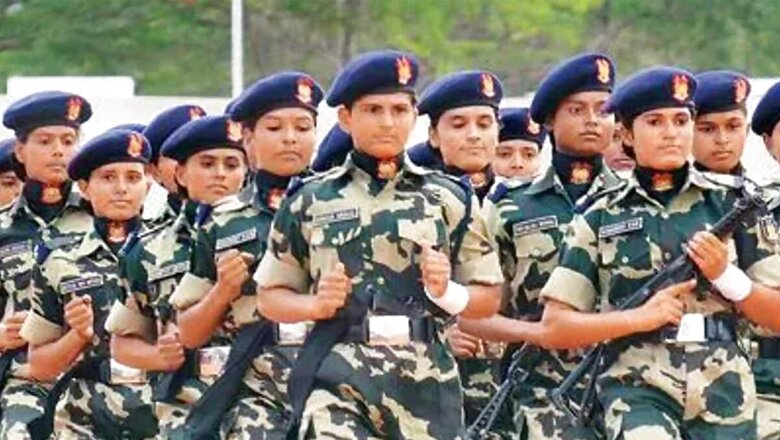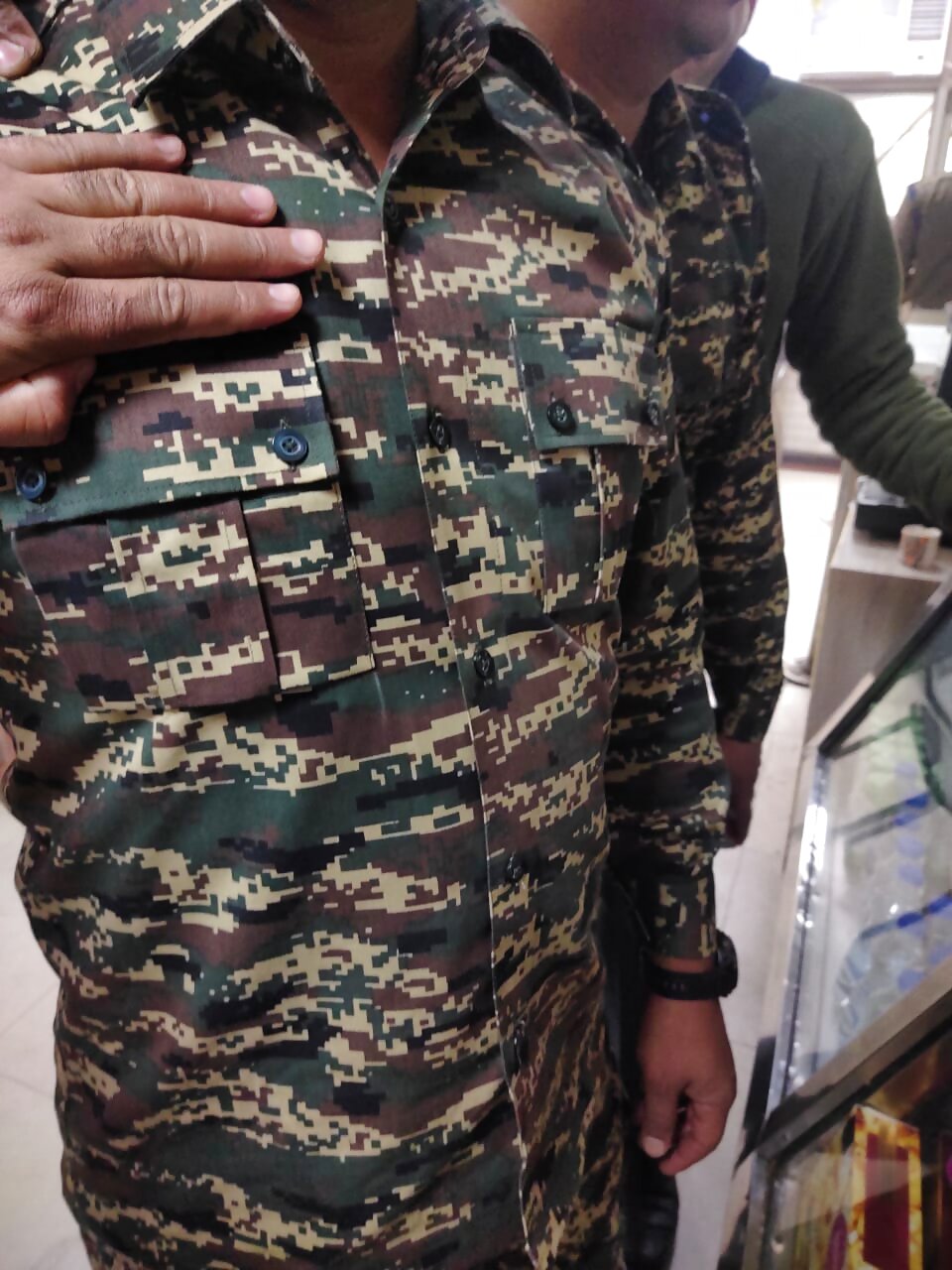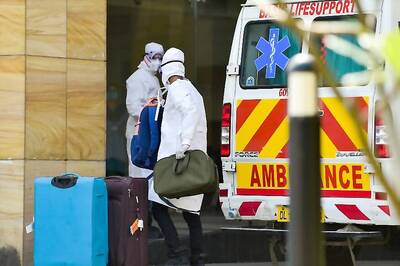
views
The Central Armed Police Forces will be changing their uniforms soon, making them easily distinguishable from similar attire worn by private parties.
The digital patterns have been approved, and the forces will be changing their main uniforms in a phased manner, said sources. In the next few months, other specialised units will also change their uniforms with digital printing making them tough to copy.

Last year, the Indian Army also introduced digital print uniforms and wants to have them copyrighted also. The Army changed to the combat uniform created by NIFT.
Sources say home ministry officials are keen to make uniforms as per the forces’ requirements and while following global patterns.
A top official who approved the uniforms said that digital prints are tough to copy as this requires detailed disruptive design patterns, pixelated in different colours.
The CRPF will be the first to use these kinds of digital print uniforms and soon the rest will follow.
“The main concern with the uniform pattern is to make it different and difficult to copy. Digital prints are tough to copy and, if made unprofessionally, it would be tough to have the same pattern on the complete uniform. The fabrics to be used in the uniform would be cotton and polyester, which would be only 20%. All forces have approved the proposed pattern and composition of the uniform and it will start getting implemented with immediate effect,” a top official told News18.
Sources also confirmed that already a few elite wings have these digital prints like CRPF’s anti-Naxal CoBRA unit.
Officials are saying that it would be easy to identify suspicious people wearing dresses resembling the uniforms of the forces.
“Private security agencies are also using similar camouflage patterns. Also, if a person tries to disguise as personnel from the forces by wearing a uniform, it would be easy to identify him,” an official said.
The next digital print uniform would be more breathable and will give comfort to jawans in all types of weather conditions, said the sources.

















Comments
0 comment